PsychNewsDaily Publishers
100 Summit Drive
Burlington, MA, 01803
Telephone: (320) 349-2484
PsychNewsDaily Publishers
100 Summit Drive
Burlington, MA, 01803
Telephone: (320) 349-2484
Vikings were skilled traders and settlers across Europe, valued cleanliness and grooming, and had complex legal systems, challenging stereotypes of them as solely fierce warriors.
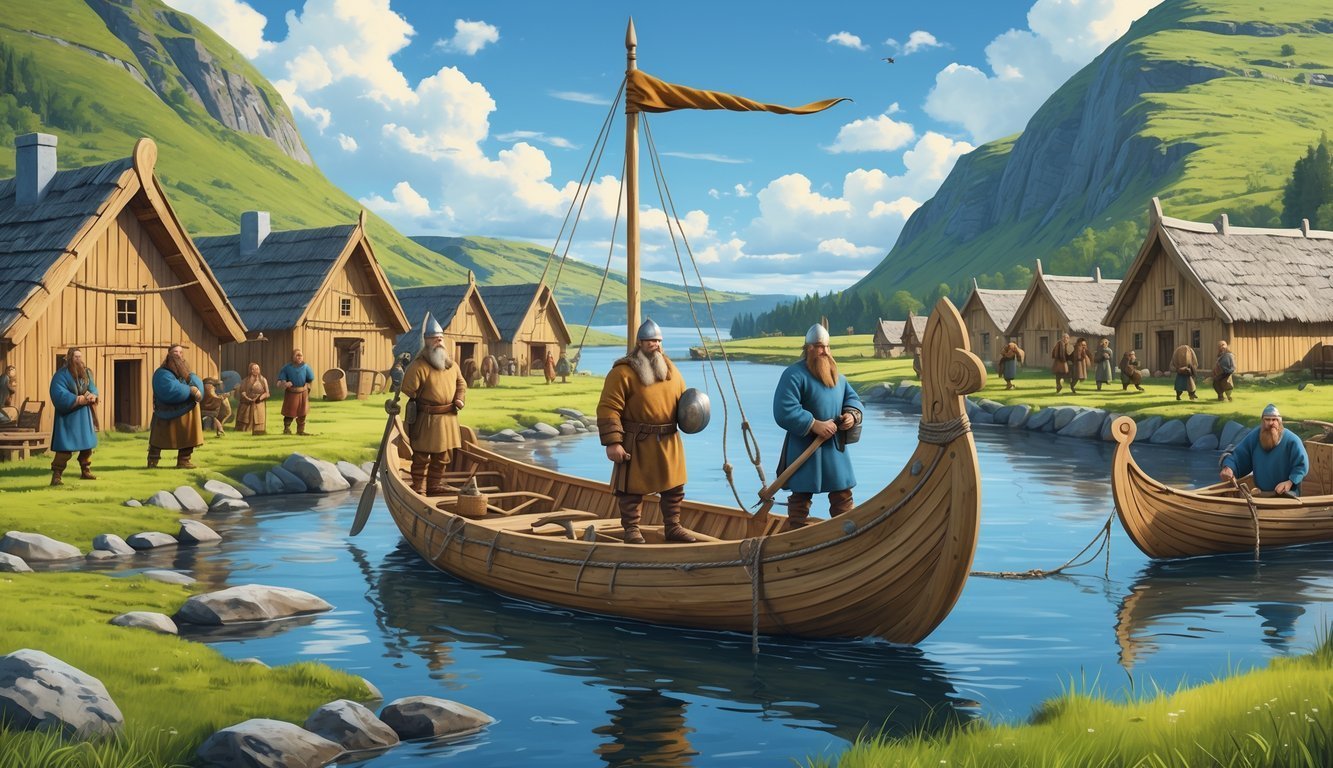
Vikings have captured people’s imaginations for centuries, but honestly, a lot of the stuff you hear about them just isn’t true. From their looks to their daily lives, so many popular ideas don’t match up with the real history.
Let’s dig into some of these myths. Some of the things people say about Vikings? Yeah, they’re more legend than fact.
You might be surprised to find out just how many Viking “facts” actually come from old stories and Hollywood, not reality. If you’ve ever wondered what Vikings were really like, now’s your chance to get a clearer picture. Let’s rethink what we thought we knew about them!
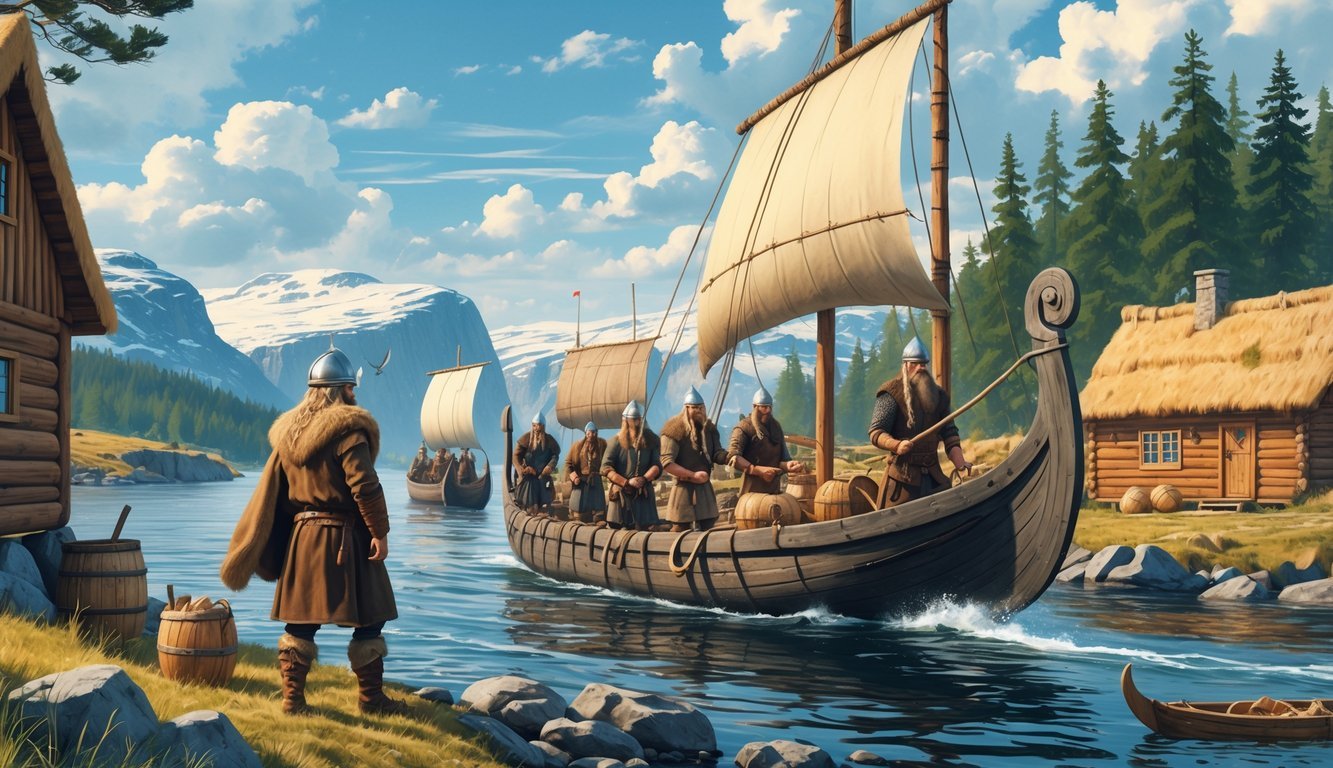
When you picture Vikings, do you see them in horned helmets? That’s a classic image, but it’s completely wrong. Vikings never actually wore helmets with horns.
Artists and costume designers in the 1800s invented the horned helmet look because it seemed dramatic. Even some famous operas ran with this idea.
Real Viking helmets were pretty basic—iron or leather, built for protection, not for show. So, if you see a horned Viking helmet, just know it’s all for fun.
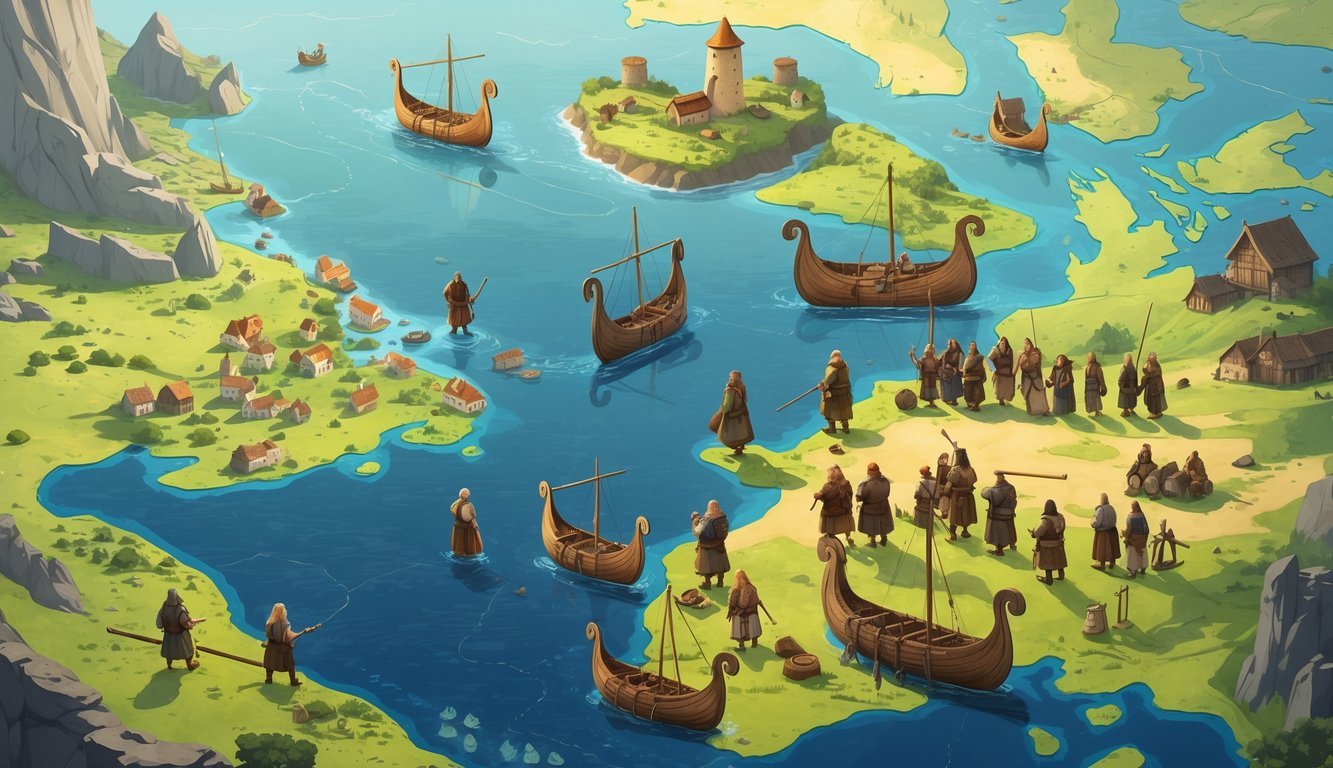
A lot of people believe Vikings stayed in Scandinavia, but that’s not even close to the whole story. Vikings traveled all over Europe and settled in places like England, Ireland, France, and Russia.
They didn’t just raid—they built towns and lived in new places. Some of those settlements turned into cities you’d recognize today.
Viking influence pops up in spots you wouldn’t expect. Their longships made it possible to explore and settle far from home.
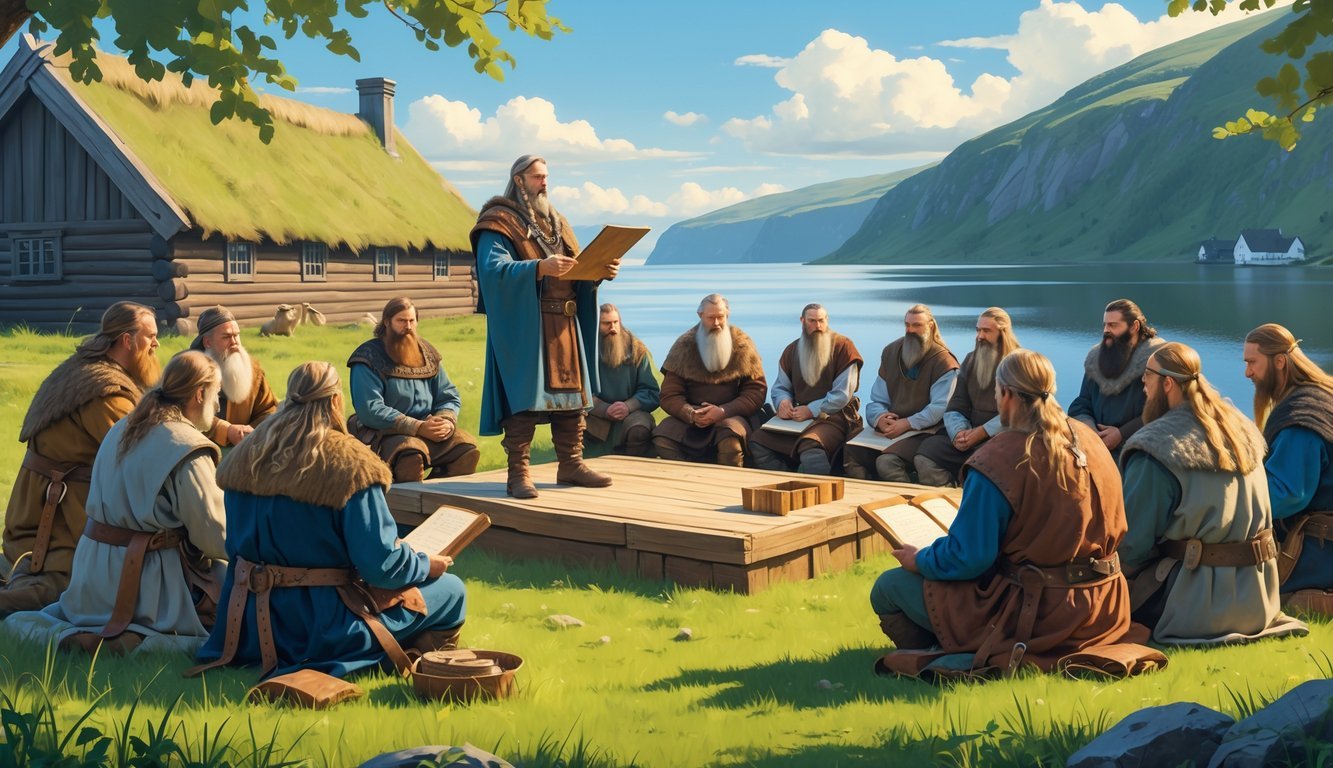
People often call Vikings wild or lawless, but that’s just not true. They set up strong legal systems to keep order in their communities.
Their laws helped solve problems fairly. Vikings cared about justice and fairness, which honestly feels pretty modern.
They also built beautiful ships, made intricate jewelry, and organized their communities well. Religion and traditions shaped their daily lives.
Vikings weren’t just about fighting—they built a society where law and culture mattered a lot.
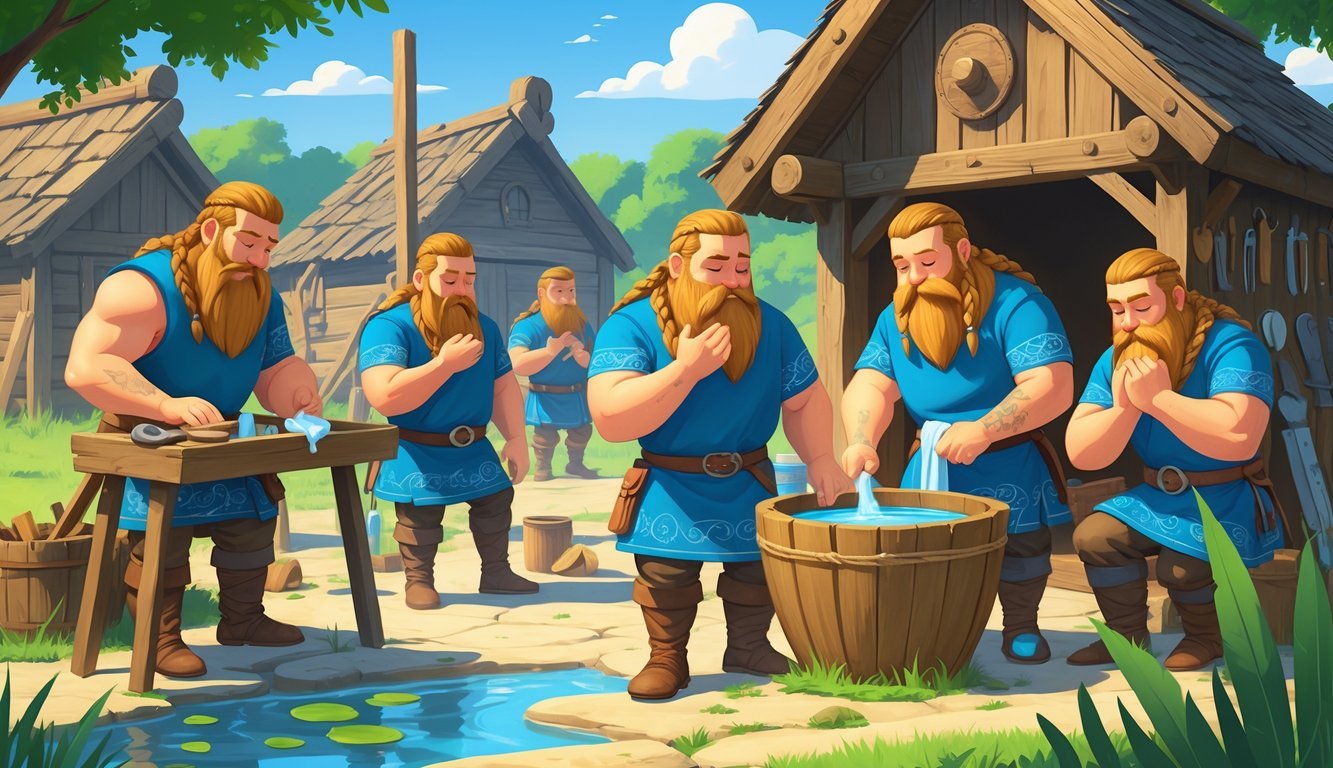
The messy, dirty Viking stereotype? It doesn’t hold up. Vikings actually cared a lot about staying clean.
They bathed at least once a week, which was more often than most Europeans at the time. That’s kind of impressive, right?
Vikings kept combs, razors, and grooming tools at home. They saw good hygiene as a sign of respect for themselves and others.
Even their bathing day, “Laugardagr,” shows how seriously they took cleanliness. They were some of the cleanest people of their era.

People often assume Viking women had no rights, but that’s just not true. Viking women could own land, manage property, and even get divorced if they wanted.
That kind of freedom was pretty rare for women in ancient times. Women ran households, helped with trade, and sometimes even fought in battles.
Viking women played a big role in their communities. They held more power than many women in Europe back then.
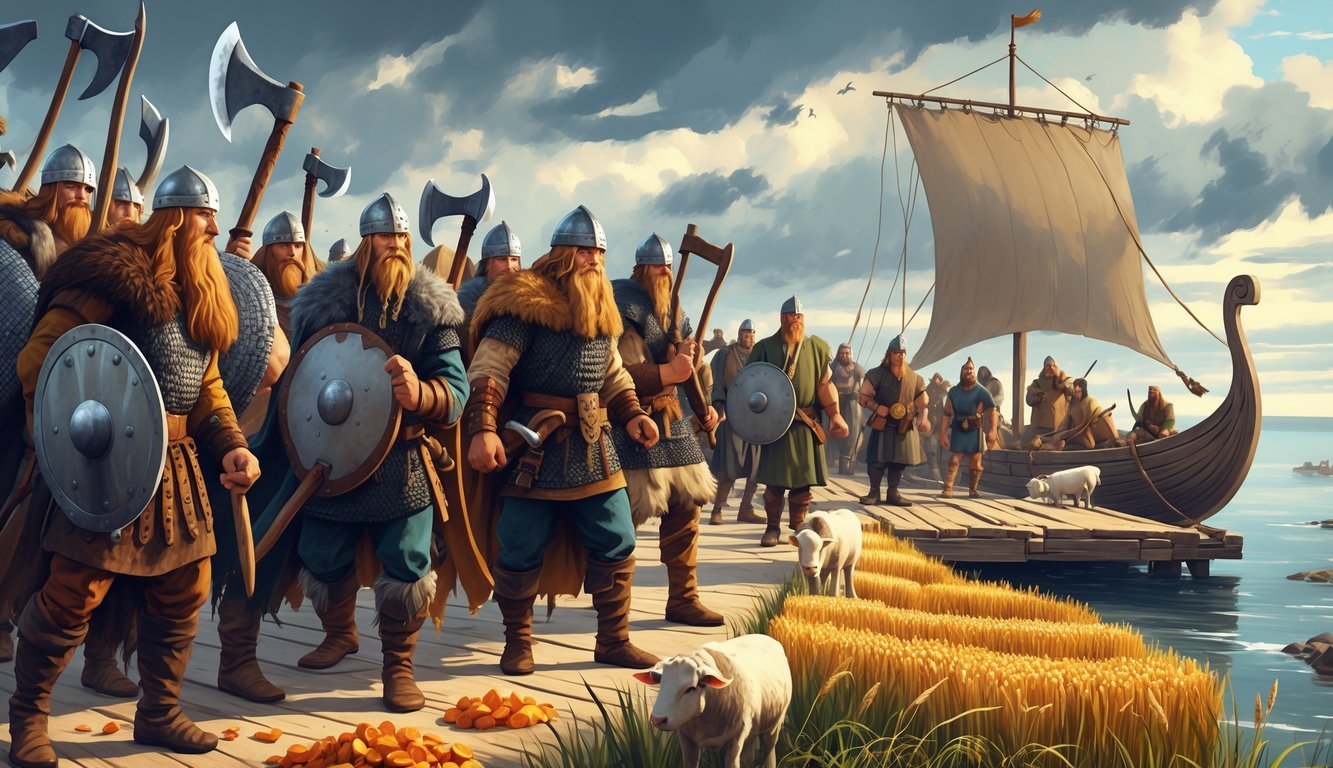
Not every Viking was a warrior. In fact, most spent their days farming or trading.
Vikings grew crops, raised animals, and ran busy trade networks. They sold furs, metals, and spices all across Europe and beyond.
Their skills as traders built wealth and connected distant lands. So, when you picture a Viking, think of a skilled craftsman or merchant just as much as a fighter.
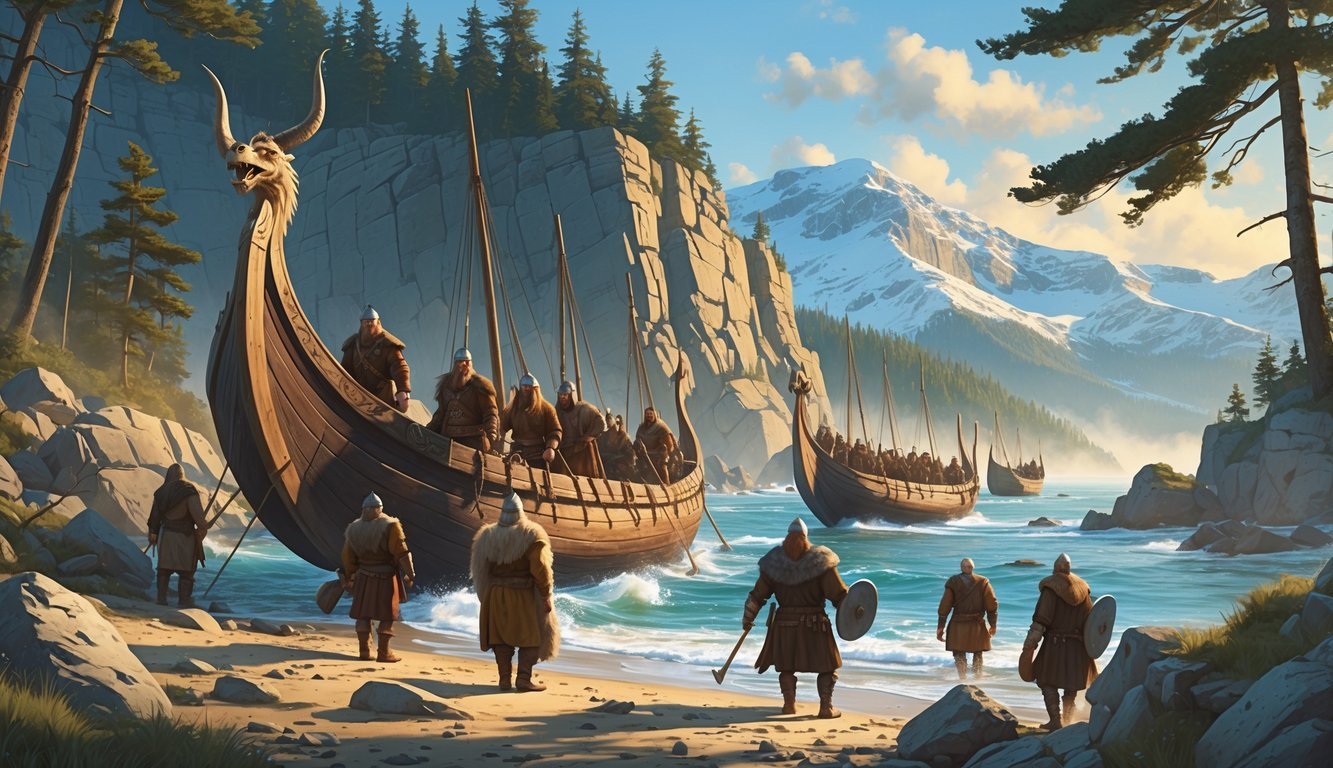
People often say Vikings never left Europe, but they actually reached North America around the year 1000 AD. That’s about 500 years before Columbus.
They built a small settlement at L’Anse aux Meadows in what’s now Newfoundland, Canada. Life there wasn’t easy—harsh weather and conflicts with locals made it tough.
Even though they didn’t stay long, their journey shows just how adventurous and skilled they really were.
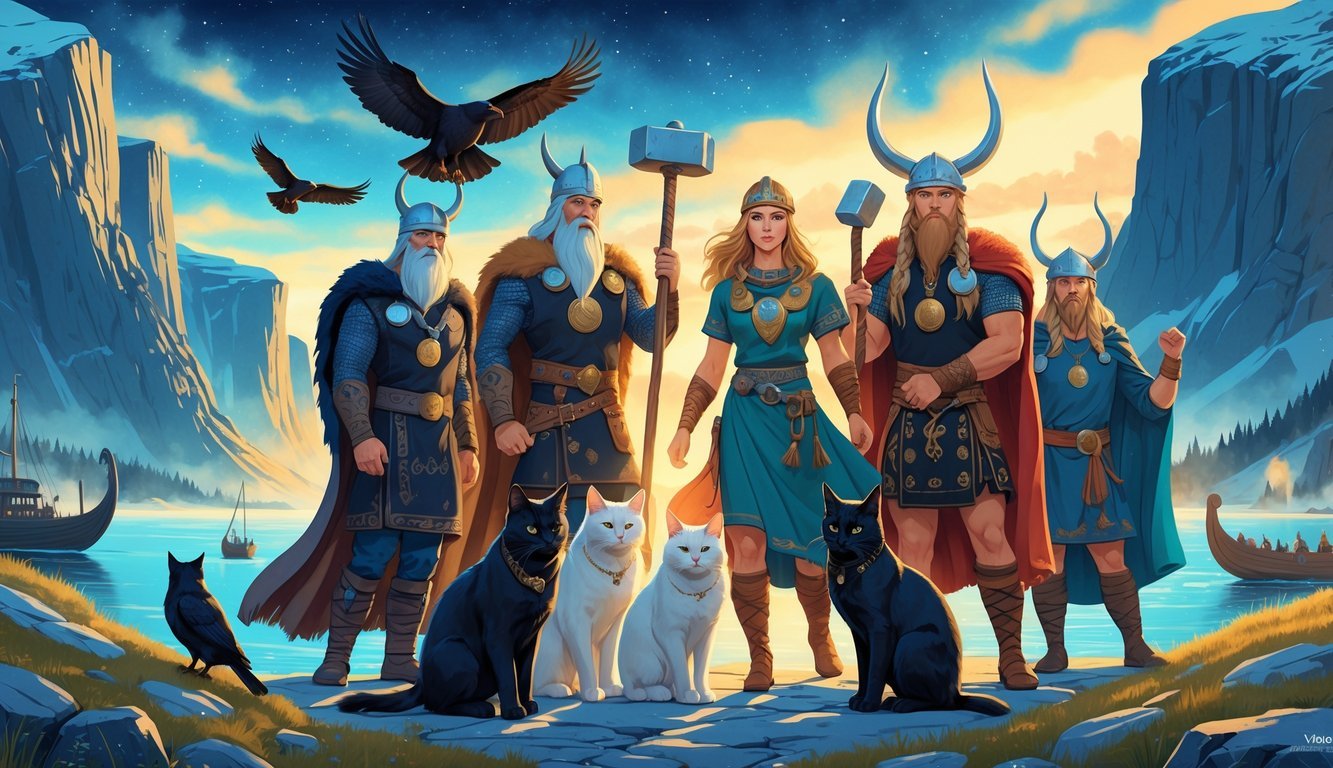
It’s easy to think Vikings only cared about gods of war, but their mythology is way more colorful. Sure, Odin and Thor get all the attention for their fighting skills.
But Norse mythology has gods for love, beauty, fertility, and wisdom too. Freya was all about love and magic, and Balder was known for kindness.
The myths cover everything from creation to fate. Vikings saw their world as full of many different powers, not just battle.

Most people imagine Vikings in big, shiny iron helmets with horns, but that’s not what they wore. Their helmets were usually simple—made from iron or sometimes just leather with an iron cap.
They used iron plates riveted together, often with a nose guard, but no horns. The horned helmet idea came from myths and movies, not real life.
Vikings wanted practical protection, not flashy gear that would get in the way.
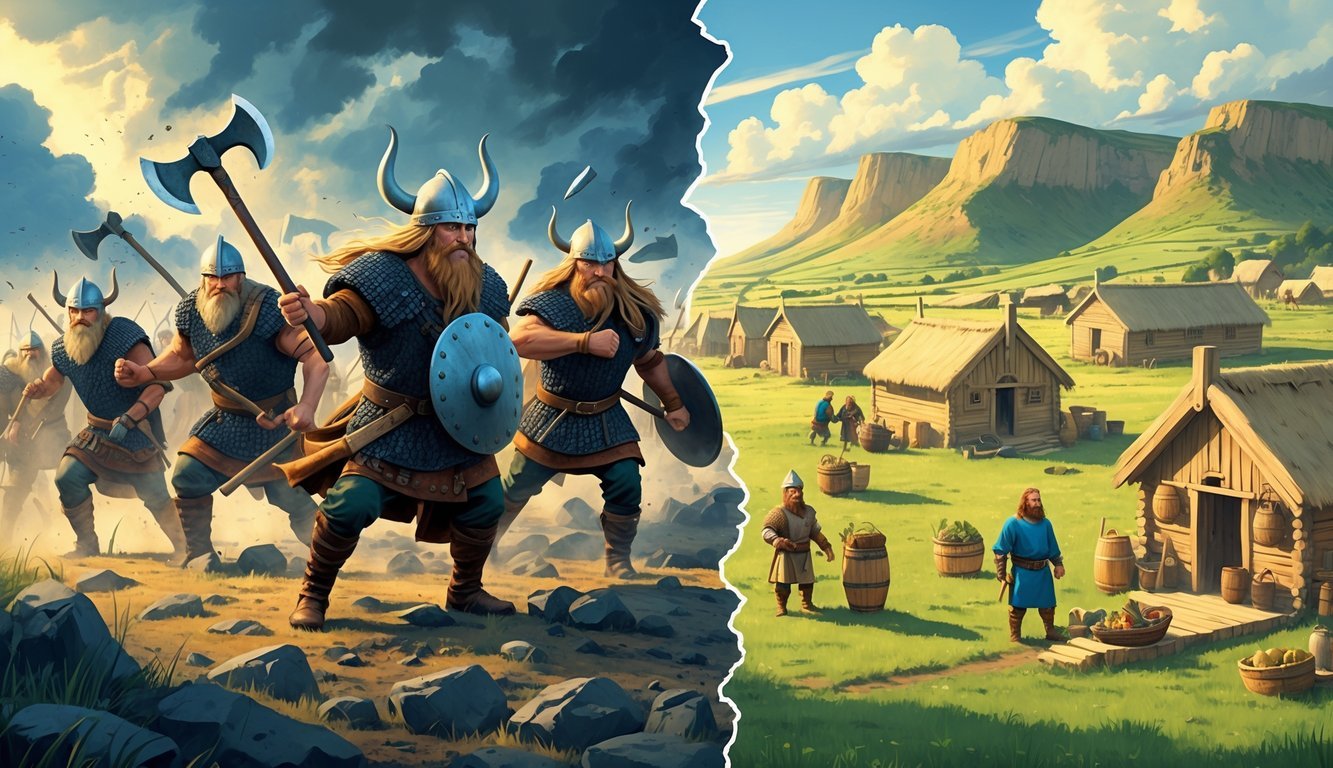
Most people picture Vikings just smashing and burning everything, right? That’s only part of the story.
Sure, they fought hard as raiders, but they also built towns and made homes in new lands. You can spot traces of Viking settlements in places like Iceland, Greenland, and even a bit in North America.
Vikings traded all sorts of goods and swapped ideas with others. Sometimes, they just lived side by side with the locals, no drama.
They influenced languages, laws, and cultures wherever they put down roots. So, Vikings weren’t just warriors—they were builders, traders, and, honestly, pretty influential neighbors.